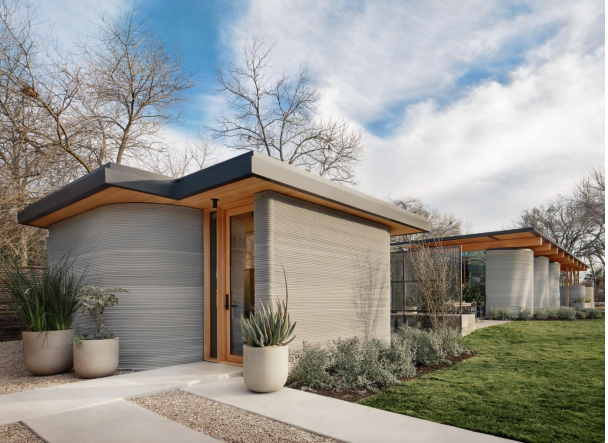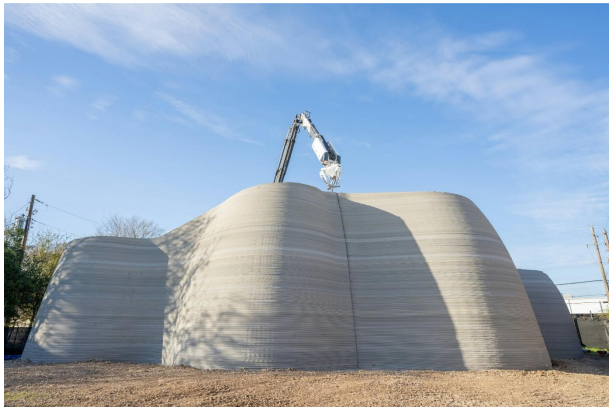3D Printing in Architecture and Construction: A Revolution in the Industry
3D Printing in Architecture and Construction: A Revolution in the Industry
3D printing technology, also known as additive manufacturing, has been gaining popularity in a number of industries over the past few years, including medicine, automotive and fashion. However, it is in architecture and construction that its potential is particularly apparent. 3D printing of buildings and structural components is a revolution that could significantly change the way we design, build and think about the future of architecture.
History of 3D Printing in Construction
The first applications of 3D printing in the construction industry date back to World War II, more specifically 1939, when inventor William E. Urschel created the first ever 3D printed concrete building in the state of Indiana in the United States. His machine consisted of an automatic mechanism that squeezed concrete between rotating disks, consolidating and smoothing each layer as the material was extruded. The machine was, of course, operated manually by a worker, and material was also replenished manually. A lot has happened since then, the main development in this field began in the 21st century, when experiments began with the technology to create architectural models, prototypes and small-scale components. As the technology developed, engineers and architects began to see its potential on a macro scale. The next step was the development in 2009 of concrete that was suitable for large-scale production. In 2014, the Chinese company Winsun created 10 small houses using the printing technology. In Poland, the first building created using 3DCP(3D Construction/Concrete Printing) printing technology was created in 2019, produced by REbuild.
 House manufactured using 3D printing technology by ICON company
House manufactured using 3D printing technology by ICON company
3D Printing Process in Construction
3D printing, also known as additive manufacturing, involves creating three-dimensional objects by applying layers of material based on a digital model. Originally developed for small-scale manufacturing and prototyping, the technology has been adapted for construction through the use of large 3D printers capable of producing substantial structures. In construction, the basic principles remain unchanged: the digital model guides the printer, which applies material layer by layer to build an ostentatious structure, except that the material in this case is concrete, and a single layer is up to several centimeters thick. In this way, walls are created along with spaces left for doors, windows, and plumbing wires. The printer gives a lot of freedom regarding the shape of the created walls. The biggest advantages of such a technique are time and price. Companies are able to build an entire house using the printer in as little as 24 hours, while costs are several times lower than those using standard methods.
 Printer in operation
Printer in operation
3D Printing Applications in Construction
Residential Buildings
3D printing is revolutionizing residential construction, allowing homes to be erected quickly and economically. An example is the projects of ICON, which creates affordable and sustainable 3D homes using unique concrete mixtures. ICON is also working with Habitat for Humanity to build homes for low-income families, highlighting the social impact of the technology. 3D printing in residential construction lowers costs, reduces construction time, reduces material waste and enables custom designs.
Public Infrastructure
3D printing has great potential in public infrastructure. An example is the world’s first printed pedestrian bridge in the Netherlands, which demonstrates how the technology can create durable and innovative public structures. Its fabrication was done by 2 printers, which formed a metal footbridge on two sides of a river meeting in the middle.
Emergency Housing and Affordable Housing
In the face of global housing crises, 3D printing is being used to create emergency shelters and low-cost housing. Organizations like New Story are building homes in disaster-affected areas, offering rapid support and sustainable living conditions. These projects are helping to rebuild communities and restore a sense of security.
Bartosz Polak


